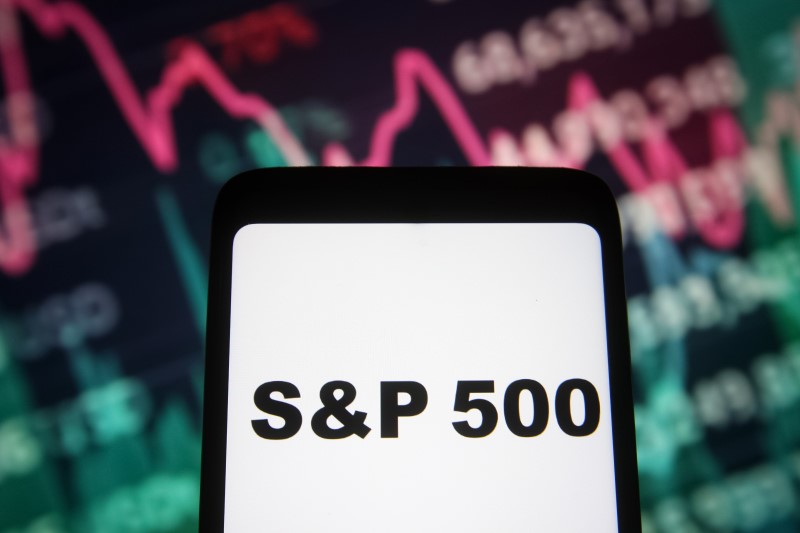Labor data to be biggest equity market driver in next 3-6 months: Morgan Stanley

Investing.com — Prior to the last Federal Reserve meeting, Morgan Stanley said they had considered the best short-term scenario for equities to be a 50bp rate cut by the Fed, without triggering concerns about economic growth.
In a Sunday note, Morgan Stanley strategists said Fed Chair Jerome Powell was able to strike this balance, and equities have responded positively.
However, the strategists reiterate that over the next 3-6 months, equity performance, both at the index and sector/factor levels, will likely be driven more by labor data than other factors.
With the next round of employment data due at the end of the week, they believe an upside surprise would be needed to spark a sustainable cyclical rotation in the U.S. market.
“To be specific, we think the unemployment rate probably needs to decline alongside above-consensus payroll gains, with no material downside revisions to the prior months,” strategists wrote.
Beyond labor data, the strategists are also monitoring several other indicators to assess the growth trajectory.
One key measure is earnings revisions breadth, which they view as the best proxy for company guidance. While the overall S&P 500 remains flat in this area, the Russell 2000 small cap index and other lower-quality sectors are trending negatively. Seasonal factors could create further headwinds for revisions breadth in the coming month.
Another focus is the ISM Manufacturing PMI, which has failed to show signs of recovery after more than two years of stagnation, though ISM Services has shown more resilience.
Moreover, the Conference Board’s Leading Economic Indicator and Employment Trends Index are both in defined downtrends.
“Overall, these data are typical of a later-cycle environment and suggest investors should stay up the cap and quality curves, despite last week’s surprise announcement of policy stimulus in China,” strategists said.
While China’s stimulus measures are not expected to have a significant impact on U.S. growth or labor dynamics, they noted that Materials and Industrials stocks are most likely to see a short-term benefit.
Strategists also highlight that the August budget deficit exceeded forecasts by nearly $90 billion, adding to concerns over fiscal sustainability as debt-to-GDP reaches record highs. This deficit-driven fiscal stimulus has supported growth but crowded out parts of the private economy, contributing to a K-shaped recovery.
Markets are closely watching inflation, as a drop below target could raise questions about the long-term sustainability of such deficits.
In this environment, gold has outperformed most assets, including the S&P 500, with high-quality real estate, stocks, and inflation hedges also performing well. Cryptocurrencies have emerged as another hedge, though with high volatility.
Meanwhile, Lower-quality assets like small-cap stocks, commodities, and profitless growth companies have underperformed, losing value in real terms.
To reverse these trends, either private sector growth must reaccelerate, favoring cyclical assets, or a recession could reset prices, allowing for an early-cycle recovery.
“Absent either scenario, it’s likely to be more of the same, assuming a soft landing (our base case),” Morgan Stanley noted.
In sum, the Fed’s larger-than-expected rate cut could help stabilize lower-quality cyclical stocks in the short term, especially following China’s recent stimulus actions.
Still, for these trends to continue through year-end, labor data and other growth indicators must improve, strategists point out, supporting a soft landing with growth reaccelerating, inflation stabilizing, and the Fed continuing to cut rates.







